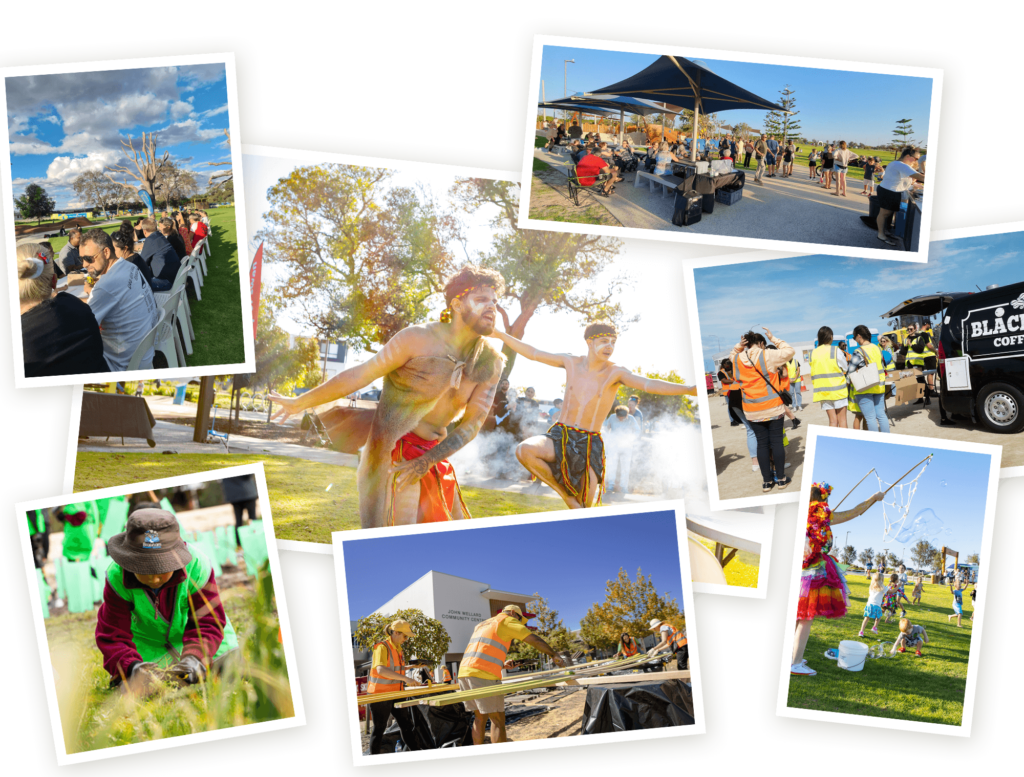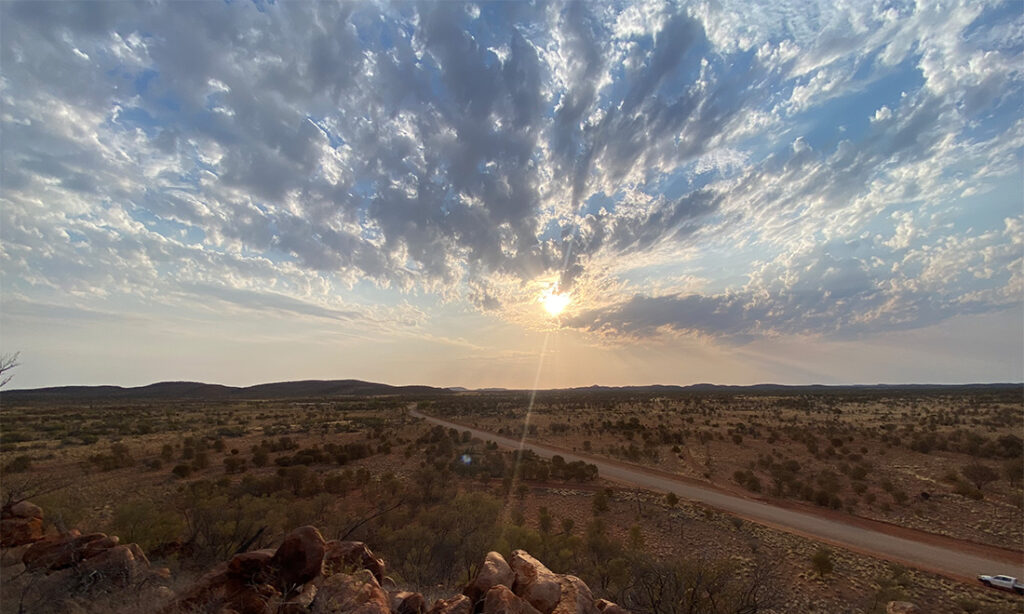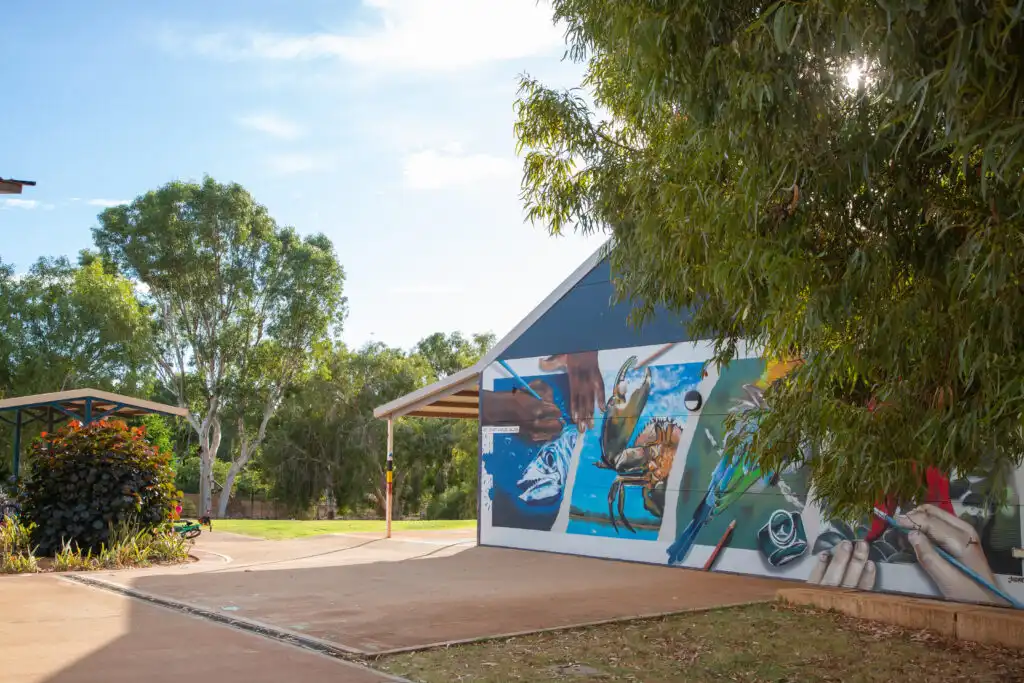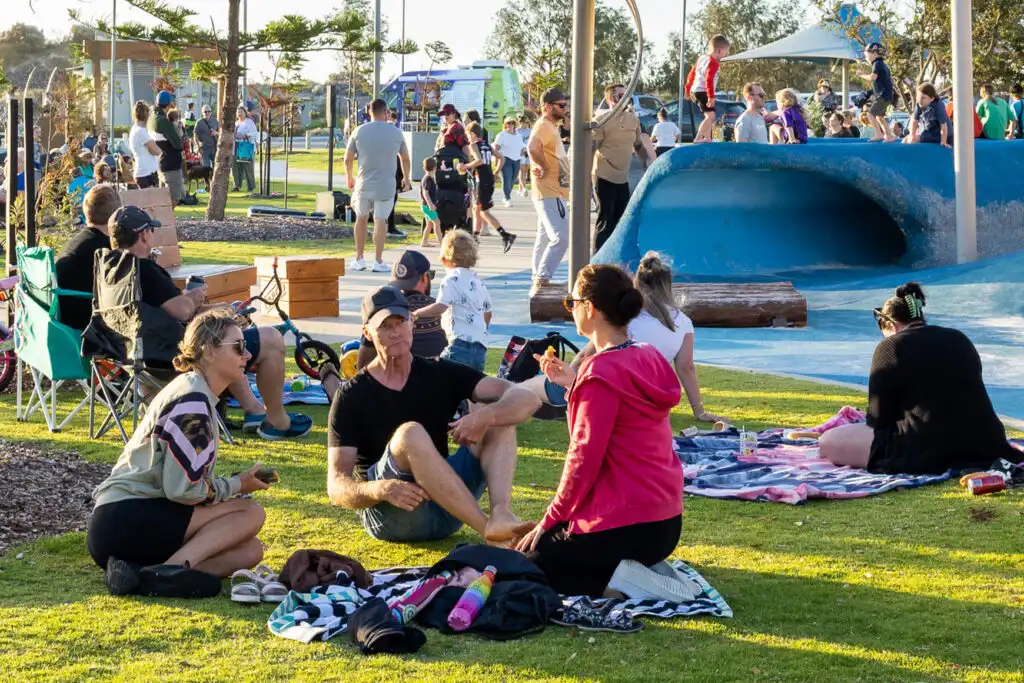With the loss of many physical spaces for communities to come together, what can we do to better connect with those around us?
Last week we discussed how many civic-minded organisations seem to be struggling to attract members. So how exactly can we make connections in the modern world? How can we put our desires for closer, connected communities into action?
We have spoken about how many people are keen to connect with others in their community but our shifting values and contexts are making this harder and harder to achieve.
We want personal connection but are struggling to find avenues to achieve it. However, this does not mean that we are doomed to lives of isolation.

In the absence of traditional, physical communities, many people have found solace and connection in the online world. Facebook groups, video game parties, online forums, are just a few examples of the many ways people can connect by using the Internet.
But does liking a status or sharing a link really bring us closer to others?
Online communities are often seen as separated from physical communities. Previously it was thought that your online life and your offline life are independent from each other; your actions online don’t affect your actions offline.
However, our interactions online are still part of the social connections we make. Many people in younger generations are finding that when physical connections are scarce, they are able to be a part of an online community and form meaningful connections with others that way.
The classic example is online gaming. Large online worlds, such as World of Warcraft or Minecraft, in which players can meet one another, work together towards shared goals and talk to each other, either through instant messaging or over voice chat often result in forming lasting friendships.
The increasing blend between the virtual and the physical has not stopped there. As technology is evolving fast and new developments are allowing for a blend to occur between physical and digital spaces.

In 2016 Nintendo and Niantic released Pokemon Go, an augmented reality game based on the popular Japanese television series of the same name.
By the end of the year, the app had been downloaded over 500 million times and had been met with mixed reviews. Although some people were criticising the game for creating public nuisances and contributing to accidents, many were crediting Pokemon Go for promoting physical activity, reinvigorating public spaces and helping local businesses to grow due to extra foot traffic.
All you had to do was step outside to see groups of people walking around together, animatedly pointing to seemingly random areas that had spawned one of the many hundreds of possible Pokemon to catch.
Pokemon Go was an interesting phenomenon because it used technological advancements to facilitate physical connection. Midnight at Kings Park became a place for friends to meet, music to be played, and strangers to come together over a shared love of a game. It is estimated that Pokemon Go increased attendance at Kings Park by an extra 700,000 people in 2016-2017.

In some areas that were hotspots for Pokemon action, there was near round the clock activity as groups of people teamed up to play the game together.
People who would have usually stayed indoors playing a video game suddenly found themselves outside in the company of others, walking and sightseeing whilst trying to hatch an egg or level up their previously caught Pokemon.
Other online apps such as Geocaching (an online global scavenger hunt), Meetup (an app that lets you see local events and groups), or Ingress (an app that uses your location and real landmarks as part of the game) all use technology to encourage new connections people and physical spaces.

In the toolbox of community connection, the local clubs and organisations we spoke about last week used to be a far more popular tool of choice, and just because they are declining does not mean they have disappeared. There are plenty of clubs still active in suburbs across Perth, both sport and non-sport based.
But the increase in the availability and advancements of technology has led to more tools being added to the box. Tools that, although differing greatly from one another, can all be used to achieve connection within community.
Last week we asked you whether you are a connector or a disconnector. This week we ask you to consider what tools you use to connect with others.
Do you pop on a headset and chat with friends across the world whilst racing cars or shooting aliens?
Do you have a weekly scheduled night with friends to kick a ball around or play a board game or two?
Do you use technology like Skype, Google Hangouts, WhatsApp or Facebook messenger to keep in touch with family and friends?
Do you use an app to search for local events you are interested in attending?
As Alan said in regards to people exclusively using digital means to connect,





